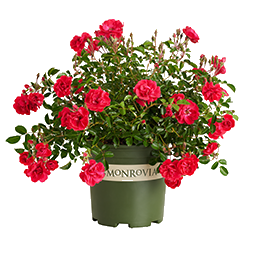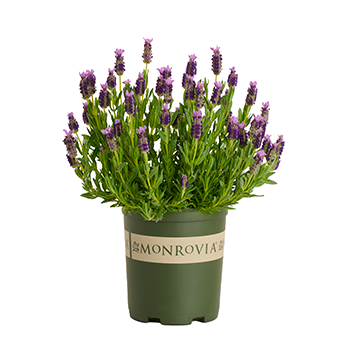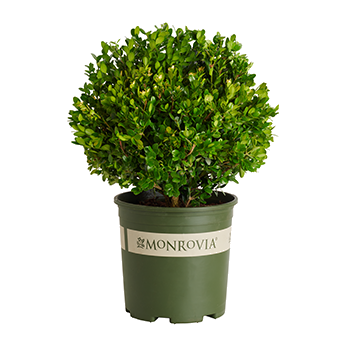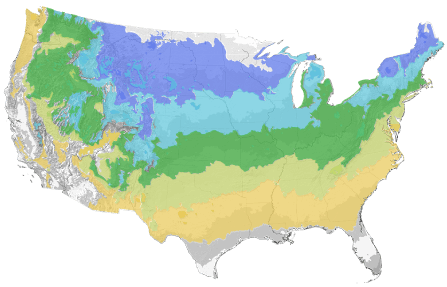You're growing in this Zip Code: 43201
Change LocationDiscover Plants for Your Area
Winter Gold Winterberry
Ilex verticillata 'Winter Gold'
We no longer grow this plant
Be Inspired: How to Use this Plant
| Bloom Time | Inconspicuous summer flowers. |
|---|---|
| Deciduous/Evergreen | Deciduous |
| Special Features | Ornamental Berries, Benefits Birds |
| Problems/Solutions | Deer Resistant, Erosion Control, Rabbit Resistant, Very Wet Areas, Tolerates Urban Pollution, Road Salt Tolerant |
| Growth Rate | Slow |
| Landscape Use | Barrier, Hedge, Privacy Screen |
| Flower Color | White |
| Foliage Color | Green |
| Companion Plants | Peony (Paeonia); Lily of the Valley Shrub (Pieris); Astilbe (Astilbe); Azalea (Azalea); False Holly (Osmanthus); Sweetspire (Itea) |
| Care Instructions | Provide organically rich, acidic, moist, loamy soil; tolerates wet, heavy soils. Water deeply, regularly in first few growing seasons to establish root system; once established, water regularly to maintain evenly moist soil. Feed and prune annually to shape before new growth emerges in late winter to early spring. |
| Lore | Ilex verticillata is native to eastern North America where it is typically found in low elevation wooded areas, along ponds and streams, and in damp thickets, and swamps. Ilex verticillata are dioecious (translated as "two houses"), meaning there are distinctly separate male and female plants. The attractive berries which are the signature of the winterberries are produced on female varieties such as 'Winter Gold', if a male variety, such as Southern Gentleman Winterberry, is nearby to provide pollen. Generally, one male winterberry can pollenize up to ten female plants. 'Winter Gold' is a late-blooming winterberry that produces female flowers in early summer and is best partnered with a correlating late-blooming male winterberry. |
| Bloom Time | Inconspicuous summer flowers. |
|---|---|
| Deciduous/Evergreen | Deciduous |
| Special Features | Ornamental Berries, Benefits Birds |
| Problems/Solutions | Deer Resistant, Erosion Control, Rabbit Resistant, Very Wet Areas, Tolerates Urban Pollution, Road Salt Tolerant |
| Growth Rate | Slow |
We no longer grow this plant
We no longer grow this plant
Buy Online
This plant is not available to purchase online.
We no longer grow this plant. For replacement suggestions, check out the plants “You May Also Like” below.
About Us
We have been pioneers and craftsmen in the art of growing plants for nearly
100 years. Since our founding in Southern California by Harry E. Rosedale, Sr.
in 1926, we have been absolutely dedicated and obsessed with quality.
We have been pioneers and craftsmen in the art of growing plants for nearly 100 years. Since our founding in Southern California by Harry E. Rosedale, Sr. in 1926, we have been absolutely dedicated and obsessed with quality.





